At the heart of A Welcoming Place, a 29-minute video that’s part of a same-named art exhibition on view through March 3 at Austin’s Women & Their Work gallery, is the image of artist/filmmaker Ariel René Jackson wandering the empty streets and parklands of Austin, holding a large black balloon. The prop is meant to suggest a weather balloon, a tool for gathering meteorological data. But what Jackson seeks to measure is something subtler than temperature or atmospheric pressure, and it’s not the sort of thing you’ll see laid out in green screen infographics on the morning news.
In Jackson’s art practice, the term “forecasting” is used metaphorically to evoke the ways communities of color take stock of and share information about the hostility or hospitality of a neighborhood, town, or city. A Welcoming Place, which is available to screen online, free and for one day only, on February 1, is conceived, therefore, as a sort of creatively illustrated, interview-based weather report. Its subject is the ever-threatening and only occasionally brightening climate for people of color in Austin.
To get at that hard-to-define climate, Jackson relies on voice-over testimony from those who’ve had to navigate it, featuring snippets of in-depth conversations with a half-dozen Black and Hispanic Austinite friends. Some of these interviewees, such as photographer Cindy Elizabeth, who grew up in East Austin and has witnessed its rapid gentrification in her twenties and thirties, can explain aspects of the city’s inequitable racial history firsthand. “I’m still here in spite of efforts to displace me and my community,” Elizabeth says.
Other voices, such as John Yancey, who is from Chicago and moved to Austin in the nineties for a professorship in studio art at the University of Texas, offer sage guidance to fellow transplants still trying to find a home amid the city’s unfamiliar racial dynamics. “A dose of realism I think is important, so people understand that this liberal bastion is not a racially liberal bastion,” Yancey says. “There are safe places and havens and bright spots here. You have to look for them in a different way than you would, say, even in Houston, or someplace where you have a different kind of community infrastructure.”
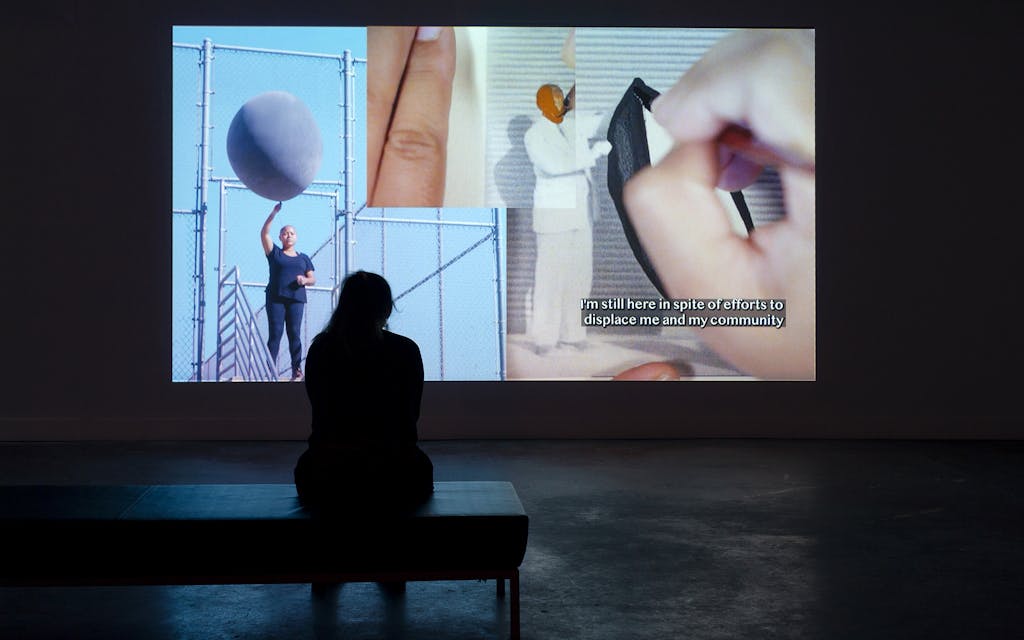
A sensitive radar for the racial “weather” of any city or town, particularly for new arrivals there, is part and parcel of the experience of living as a person of color in the United States, according to Jackson, who is nonbinary and uses they/them pronouns. The idea that would eventually become A Welcoming Place occurred to them during a 2019 art residency at the Momentary, a sibling institution of the Crystal Bridges Museum of American Art in Bentonville, Arkansas. On the drive up from Austin, Jackson had been listening to an audiobook of Sundown Towns: A Hidden Dimension of American Racism by James W. Loewen, about neighborhoods and entire municipalities in the Jim Crow era that enforced official or unofficial racially exclusionary policies, especially after nightfall. Jackson was fascinated and repelled by this history of secret codes for restricting and instilling fear in Black and Hispanic people.
At the same time, they were struggling to get a lay of the land in Bentonville, a small Ozarks town grown into a commercial and cultural hub by Walmart wealth, and they sought out conversations with people of color in the local community about the city’s racial foundations and current state of race relations. Jackson came to realize that these conversations were part of a long tradition of oral information-sharing that goes back to the era of sundown towns and before.
“The weather balloon became a vehicle to talk about that experience, that realization of, when I arrive in a place as a Black person in the U.S., I’m not the only one that does it,” Jackson says. “Everyone does this, which is the unfortunate truth.”
The exhibition “A Welcoming Place,” which also includes five sculptural works evoking local natural landscapes, will likely be one of the more talked about Austin art shows of the season, because it hits home so clearly and in such an accessible way. In addition to the free online viewing on Tuesday, Women & Their Work will host an online panel on the exhibition Wednesday, and it’s also open to all.
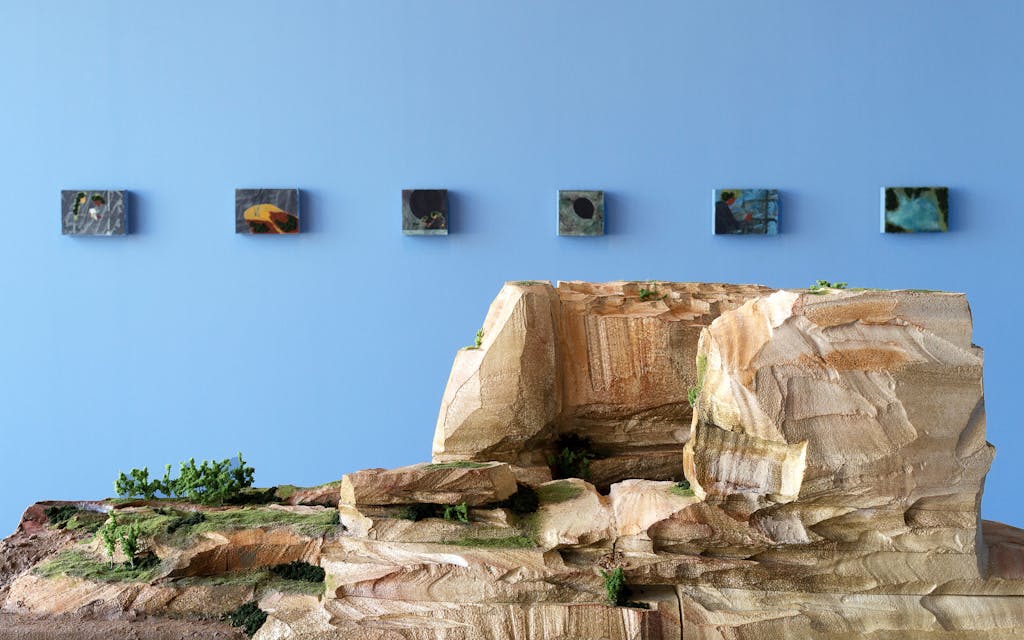
As is often the case with socially critical, community-based art approaches, the project can seem at times to fit more in the realm of documentary film or public service announcement than creative expression. To paraphrase Jackson, the conversations are the artwork, and the artist provides the conduit. But Jackson does provide visual layers, including both the black-balloon imagery and archival, sometimes rotoscoped footage of old-technology weather balloons and related devices, that keep the door cracked open to a more deeply aesthetic experience, one that captures the haunted beauty of this centuries-old oral tradition.
As much as A Welcoming Place presents itself as a conversation internal to Austin’s Black and Hispanic communities, it also demands the attention of the local art scene more broadly, and not just because all of the interview subjects are artists or performers. The youthful energy of Austin art over the past decade-plus has emanated from the East Side, often from white-run institutions in gentrifying Black and Hispanic neighborhoods, though that dynamic may be changing as Austin’s real estate market pushes artists farther into the city’s periphery. A Welcoming Place should serve as yet another gut check for white and upper-class art types apt to create exclusive cultures in galleries, businesses, and collaborative communities, above all in parts of East Austin that until recently were welcoming places for the Black and Hispanic working class. And since gentrification and displacement are symptoms of a broader housing shortage, the discussion also indicts those in other parts of town who quietly support exclusionary zoning policies that prevent construction of affordable housing.
In the video, the photographer Cindy Elizabeth tells the story of meeting with white collaborators at an East Side space and hearing one of them remark on how dangerous the area had been a decade ago. “What I just started saying was: I grew up here, and it was safe for me,” Elizabeth says. “I grew up here, and I had a great upbringing.” Michael J. Love, a dancer and cowinner, with Jackson, of the 2021 Tito’s Prize for art from Big Medium, speaks with some apparent envy of the theater technology available to kids in the Eanes Independent School District, centered on Westlake, which he says is better than what he’s seen in colleges.
Public investment is a major focus of attention in the video. The prominent mixed-media artist Deborah Roberts talks about the need to improve minority neighborhoods decades before they are candidates for gentrification. But investment is a double-edged sword. Yancey tells the story of installing “Rhapsody,” his outdoor mural on East Eleventh Street, meant to celebrate the Black community there. By the time Yancey was finishing the project, he says, the area was already being prepared for rapid gentrification. “When they start digging up the infrastructure, they’re not doing that for us,” Yancey remarks wryly. Multiple speakers plead for better investment in affordable housing and in programs to help make the current tech boom more inclusive.
Other fine-tuned details of Austin’s racial landscape discussed in A Welcoming Place include the historical sense of Airport Boulevard as a boundary of social class and colorism within the Black community; the painful history of school-integration busing for East Austinites, including Roberts and Elizabeth, who were forced into majority-white schools that made them feel unwelcome; and the 1928 Austin master plan that induced Black families in Clarksville and elsewhere to move to the East Side through a combination of relocation of segregated schools, underprovision of services, and the unofficial threat of harassment.
One leaves “A Welcoming Place” with a wish to see everyone in Austin, not just Black and Hispanic people, attune themselves to the historic and ongoing “weather patterns” of racial hostility and inequality of opportunities. “Things that can allow Black people to still feel threatened in this city are still in place,” Yancey says. “Don’t deny what Austin is. Don’t deny what Austin’s been. Don’t pretend we’re beyond where we are on issues of race.”


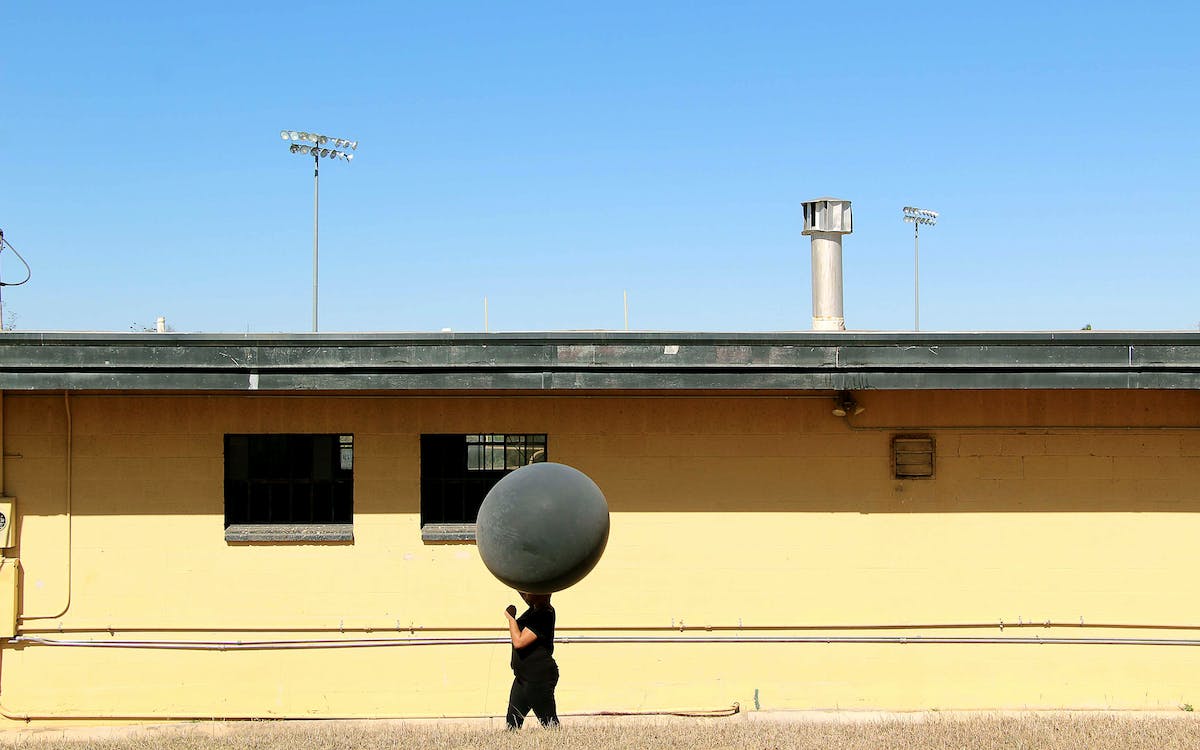











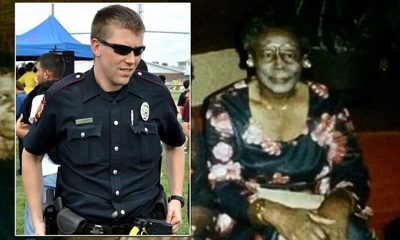
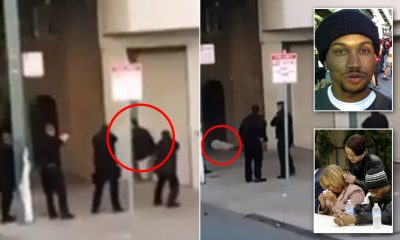
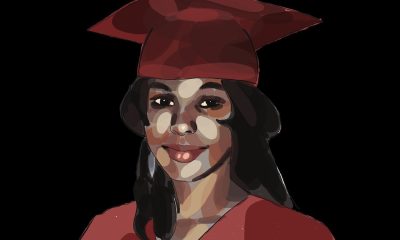
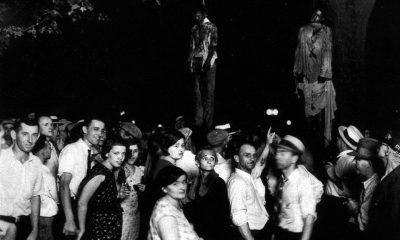

You must be logged in to post a comment Login